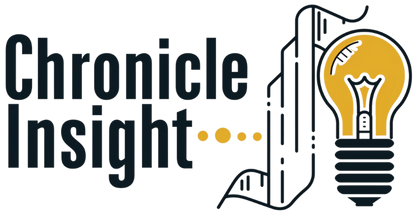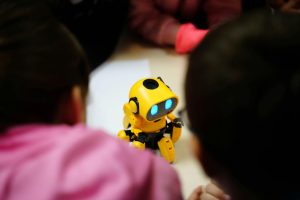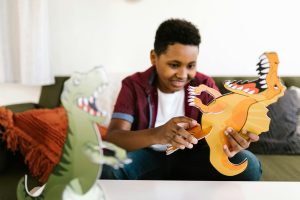Pandemic Learning Loss: Tutoring Strategies That Actually Work
The COVID-19 pandemic has changed the world in ways we never could have imagined. From the way we work and socialize to the way we learn, the effects of the pandemic have been widespread and long-lasting. One of the most significant consequences of the pandemic has been the widespread learning loss experienced by students around the world. With schools closed and remote learning becoming the new normal, many students have fallen behind and are struggling to catch up. As we continue to navigate these uncertain times, it’s more important than ever to address pandemic learning loss and find effective tutoring strategies that actually work.
The Impact of Pandemic Learning Loss
The disruptions caused by the pandemic have had a significant impact on students’ education and learning outcomes. According to a survey by the National Center for Education Statistics, over 50% of parents reported that their child’s learning was negatively affected by the pandemic. This learning loss is not only limited to academic knowledge but also includes social and emotional skills that are crucial for a child’s overall development.
Furthermore, the learning gap caused by the pandemic has disproportionately affected students from disadvantaged backgrounds. As schools moved to online learning, students from low-income families, students with disabilities, and students from non-native English-speaking households faced additional challenges in accessing quality education. This has further widened the achievement gap and created even more significant barriers for these students.
Tutoring Strategies That Actually Work
1. Personalized Learning Plans
One of the most effective tutoring strategies for addressing pandemic learning loss is creating personalized learning plans for students. Every student learns differently, and a one-size-fits-all approach may not be effective in helping them catch up. By understanding their strengths and weaknesses, tutors can create personalized plans that cater to each student’s individual needs. This ensures that students are receiving targeted instruction that focuses on areas where they need the most help.
2. Utilize Technology
The pandemic has forced schools and tutors to rely heavily on technology for remote learning. However, even as schools reopen, technology continues to play a vital role in education. Online resources, educational apps, and virtual tutoring platforms provide students with access to a vast array of learning materials and can make the learning experience more engaging and interactive. Tutors can use technology to create personalized learning paths for students and monitor their progress, making adjustments as needed.
3. Active Learning
Traditional methods of teaching, such as lectures and worksheets, may not be effective in addressing pandemic learning loss. Instead, active learning techniques, such as discussions, projects, and hands-on activities, can help students retain information and develop critical thinking skills. Tutors can incorporate interactive and engaging activities into their sessions to keep students interested and motivated to learn.
4. Small Group or One-on-One Instruction
One of the primary challenges of remote learning is the lack of personalized attention for students. In a traditional classroom setting, teachers can easily identify struggling students and provide additional support. However, in a remote learning environment, it may be challenging to pinpoint students who require extra help. Tutors can address this issue by providing small group or one-on-one instruction. This allows them to focus on each student’s specific needs and provide targeted support to help them catch up.
5. Partner with Schools
Tutors can also work closely with schools to support students who are struggling with pandemic learning loss. By collaborating with teachers, tutors can better understand their students’ academic needs and align their tutoring sessions with the school curriculum. Additionally, tutors can also communicate with school counselors and other support staff to provide a holistic approach to addressing pandemic learning loss.
Conclusion
The pandemic has presented unprecedented challenges for students, and the effects of pandemic learning loss will continue to be felt for years to come. However, with the right tutoring strategies in place, we can help students overcome these challenges and minimize the impact of pandemic learning loss. By providing personalized and targeted support, utilizing technology, and working closely with schools, tutors can make a meaningful difference in the lives of students and help them thrive in their academic journey.
The pandemic may have caused learning loss, but it has also provided an opportunity for tutors to reimagine their methods and find innovative ways to help students succeed. By harnessing the power of technology and incorporating active learning techniques, tutors can create a more engaging and effective learning experience that can help students bridge the gap and reach their full potential.











